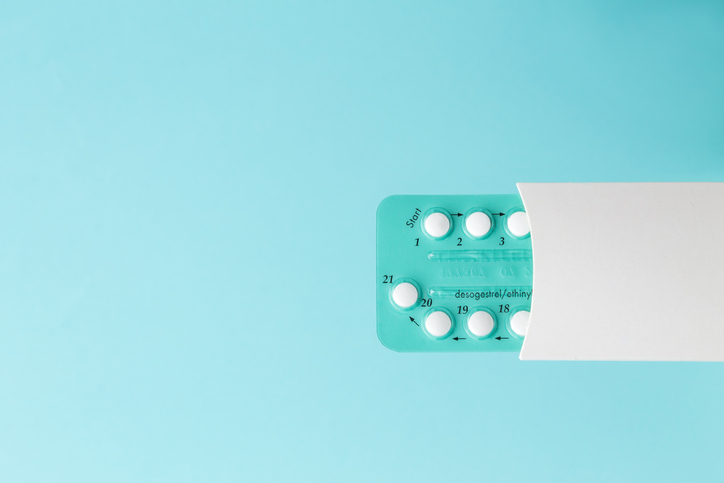Risks Women Face When Having Children
Most people associate giving birth as one of the most painful things a person can experience. The good news is that modern medicine has come a long way and, now, typically, labor and delivery are straightforward and don’t involve serious complications. However, that doesn’t mean that giving birth is easy and risk-free. In fact, about 700 women die per year in the United States as a result of labor complications. Sadly, this risk is even higher for black women.
Even more alarming is the fact that the rate of maternal deaths has been on the rise in the United States, which has resulted in that fact that America’s maternal mortality statistics are the worst of all the industrialized countries.
That’s why if you are considering having a child it’s important to understand the risks associated with giving birth. While your risks depend on things like your age, race, medical conditions, and number of previous labors, keep reading below to see the biggest risks women face when having children.
Losing Too Much Blood
During a vaginal delivery of a single child, women lose about 500 ML of blood. However, cesarean births, which is when the baby is delivered through incisions in the abdomen and uterus, can double that amount. This kind of blood loss occurs after the placenta is expelled and when uterine contractions are too weak to be able to offer enough compression to the blood vessels where the placenta was at the uterus. That’s why this is one of the biggest risks women face when having children.
Unfortunately, if this happens, it can lead to postpartum hemorrhage, which can then cause low blood pressure, organ failure, shock, and death if not treated quickly. Here are the risks that can lead to losing too much blood during birth:
- Obesity
- Placenta abruption
- Uterine Overdistention
- Several prior births
- Infection
- Use of anesthesia or other medications
- Prolonged labor
- Pregnancy-induced hypertension
- Multiple gestation pregnancy
- Blood vessel tears
- Blood clotting disorders
- Uterine rupture
- And More
Rupture of the Uterus
For those who have previously had a cesarean delivery, there is a chance that the scar from that experience could reopen during birth. Uterine rupture is threatening to the baby because there is a risk of oxygen deprivation, but it also leaves the mother at risk of excessive bleeding and of developing an infection. Ruptures of the uterus can also increase the chance of having delivery issues if you have another child.
Uterine rupture can be a risk factor for women who had to be induced into labor, have a larger baby, are over the age of 35, or who have had a previous c-section. Signs of a uterine rupture are an abnormal heart rate in both the baby and mom, slow progress through labor, abdominal pain, vaginal bleeding, and low blood pressure in the mom.
Placenta Previa and Placenta Accreta
Placenta previa occurs when the placenta actually positions itself over the opening of the cervix, and it happens to about 1 in 200 pregnancies. This condition will, unfortunately, mean that a c-section is necessary, and it can also increase the risks of placenta accreta, which is the name given to the medical condition when the placenta refuses to detach from the walls of the uterus.
Women over 35 are most at risk for either of these conditions, but it can also affect women who smoke and have fibroids. Both placenta previa and placenta accreta can involve risks for mother and baby, including higher levels of blood loss, early contractions, and large uterus size.
Position of the Baby
Unfortunately, sometimes babies aren’t in the best position for delivery for no rhyme or reason. While facing downward is the optimal position, sometimes babies can be facing upward, buttocks first, feet first, or lying sideways. When this happens, doctors may have to manually change the fetal position, surgically enlarge the opening, or perform a cesarean delivery. It can even lead to problems with the umbilical cord wrapping around the baby, coming out before the baby, and becoming compressed.
Prolonged or Rapid Labor
Prolonged labor is defined as labor that lasts for more than 20 hours for first time mothers and more than 14 hours for more experienced moms. While it only happens to be about 8 percent of women, causes included slow dilations, a large baby, delivery of multiple babies, stress, a small birth canal, and fear.
As the complete opposite of prolonged labor, rapid labor lasts about three to five hours. To give you perspective, the typical labor lasts between six to 18 hours. There’s a number of things that can cause this to occur, such as a smaller baby, history of rapid labor, uterus contracting strongly, and a compliant birth canal.
While this may seem like a good thing, it can lead to some serious health conditions such as increased risk of tearing the cervix and vagina, giving the mom an out of control feeling, not providing enough time to get to a hospital, hemorrhage, and postpartum shock. The baby also has a higher risk of infection and aspiration from amniotic fluid.
The above conditions and health risks are just a small portion of the things that many women face while giving birth. The best way to stay on top of labor complications is by speaking with medical physicians you trust who can help you understand your health risks. If you want to talk more about risks women face when having children, reach out to Avant Gynecology for information.



